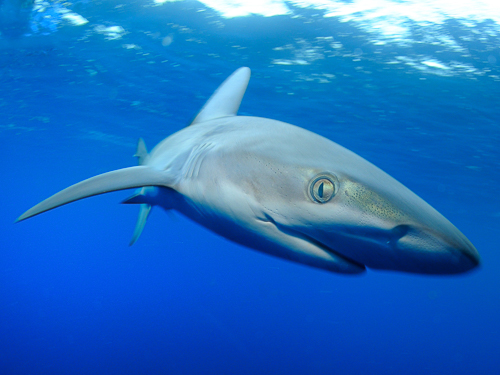Lord Howe Island sharks are on the move

Unexpected shark travel habits revealed
A shark research project has revealed new details about the movement of Galapagos sharks found in the Lord Howe Island Marine Park, the only location within Australian waters where they are known to occur.
The research has shown that these sharks travel over much longer distances than previously thought.
Lord Howe Island Marine Park staff assisted shark researchers from The University of Western Australia to follow movements of dart-tagged sharks caught in the park.
Earlier this year, two young Galapagos sharks were captured and tagged north east of the island, then recaptured again three weeks later approximately 30 kilometres away from the original capture site.
Another Galapagos shark recaptured in the Lord Howe Island Marine Park by recreational fishers had travelled about 160 kilometres from where it had been originally captured and tagged at Elizabeth Reef last year.
The researchers have also fitted specialised acoustic tags to 30 Galapagos sharks. The tags send a unique acoustic signal to underwater listening stations deployed around the marine park whenever the sharks come within a one-kilometre range. This data will help to identify the seasonal movements and home ranges of the sharks, as well as how their movements may overlap with those of charter fishing vessels.
Local charter fishing operators and recreational fishers are providing important information to the research project about captured and tagged sharks within the Lord Howe Island Marine Park. Park staff offer advice to fishers who want to take part in the tagging program. All fishers are asked to return tagged sharks to the water and report the sighting to the marine parks team with the date and location of the capture.
Galapagos sharks are found throughout the world’s oceans at isolated oceanic islands, in both temperate and tropical waters. They can grow to about 3 metres long. The International Union for Conservation of Nature (IUCN) list Galapagos sharks as near threatened.
The research at Lord Howe Island Marine Park is supported by Australian Marine Parks, the Integrated Marine Observing System Animal Tracking Facility and the NSW Department of Primary Industries, Marine Parks.
More information
Contact Lord Howe Island Marine Park staff for more information:
P - 02 6563 2359
Read more marine estate news.